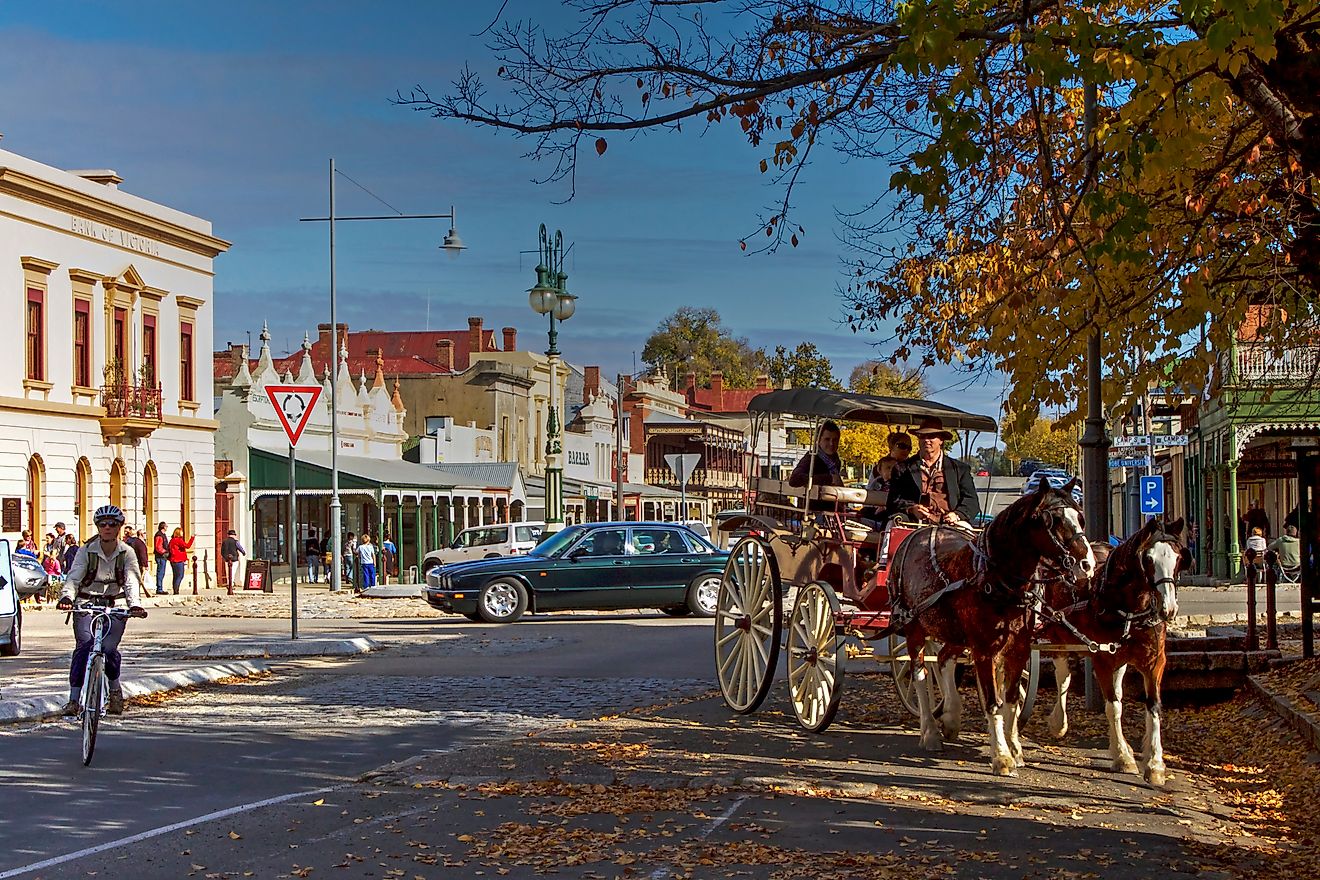
10 Offbeat Towns To Visit In Utah
At first glance, Utah might seem like nothing but religion, salt, and sand. But, as if made by kids on a beach, sculptures emerge from Utah's dunes, unlike anything most adults have seen. Among them are Church Rock, Granite Mountain, Moqui Cave, Spiral Jetty, the West Desert Sinkhole, and the Fillmore Lava Tubes, which surround small towns that offer their own offbeat attractions. Conjure your inner child by exploring a side of Utah your parents would have warned you about.
Ballard
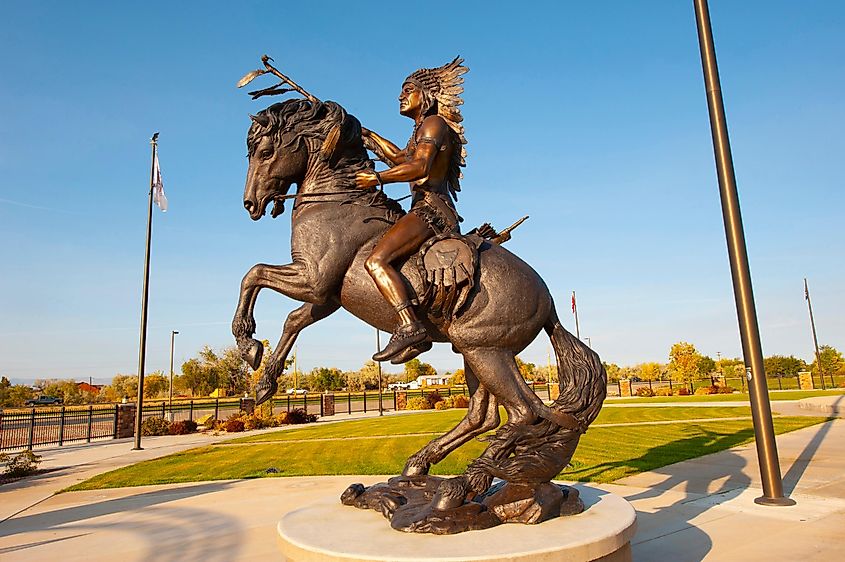
In general, Utah communities with over 1,000 residents are considered cities, and those with under 1,000 are considered towns. Ballard recently surpassed 1,000 residents to become a city. As it continues to grow, more people will discover Ballard's oddities, starting with its name, which comes from Mormon apostle Melvin J. Ballard. Then there is Skinwalker Ranch, a purportedly paranormal property just southeast of town, which inspired nearby UFO Valley Campground & UTV Tours, from where you can embark on guided buggy trips along the mesa overlooking the ranch. You can even visit the mysterious Stone Circle from The Secret of Skinwalker Ranch TV show.
Granite
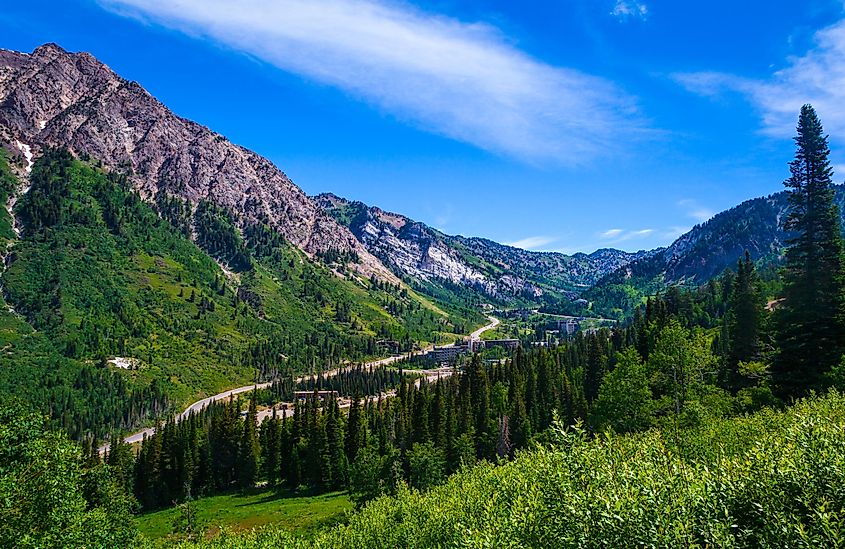
Since Utah was founded by Mormons (Latter-day Saints), their impressions are all over the state. In Granite, their impression is 675 feet into the side of a mountain. This 1,000-person community flanks Granite Mountain in Little Cottonwood Canyon, in which there is a vault built by the LDS Church containing roughly 35 billion genealogical records. Tourists cannot enter the vault (although they can see some of its digitized content online), but they can visit the LDS Conference Center in neighboring Salt Lake City, which was constructed from the community's namesake granite (more accurately, quartz monzonite). The sacred Salt Lake Temple was also built from Granite's rock.
Grafton
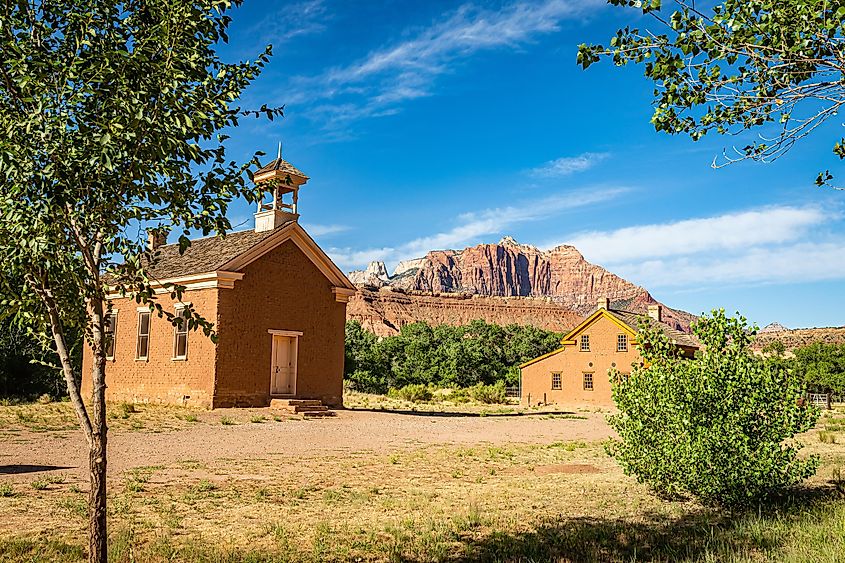
In Utah, fewer than 1,000 residents constitute a town, and zero residents constitute a ghost town. Grafton, located below Zion National Park, is a ghost town but one that is well-preserved and well-visited. Tourists can see the restored home of early settler Alonzo Haverton Russell, the schoolhouse that was originally built in 1886 and ceased operations in 1919, and the graveyard of people who legitimately lived and died with the town as it transitioned from a fertile farming community to a flooded, silty wasteland. Thankfully, some apple and pear trees remain. In 1946, when it was down to its last few inhabitants, Grafton was purchased as a movie set. Butch Cassidy and the Sundance Kid, starring Paul Newman and Robert Redford, is the ghost town's most famous production.
Monticello
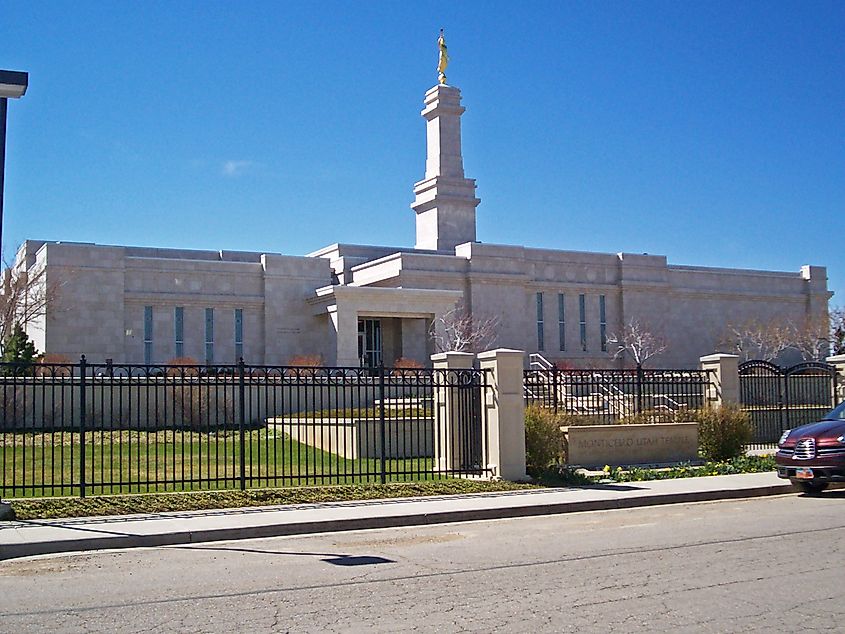
Monticello is the second most populous "city" in San Juan County despite having only 1,800 residents. As such, most of Monticello's wonders are topographical. These include Church Rock, a boob-shaped formation associated with a defunct quasi-religious commune called Home of Truth, and Newspaper Rock, a slab of sandstone slathered with centuries old petroglyphs. Monticello also has some non-rocky attractions, of course, such as the Hideout Golf Course and an obligatory Mormon temple. A hybrid attraction is Hole N" The Rock, a 5,000-square-foot home carved into a cliff in the 1950s.
Delta
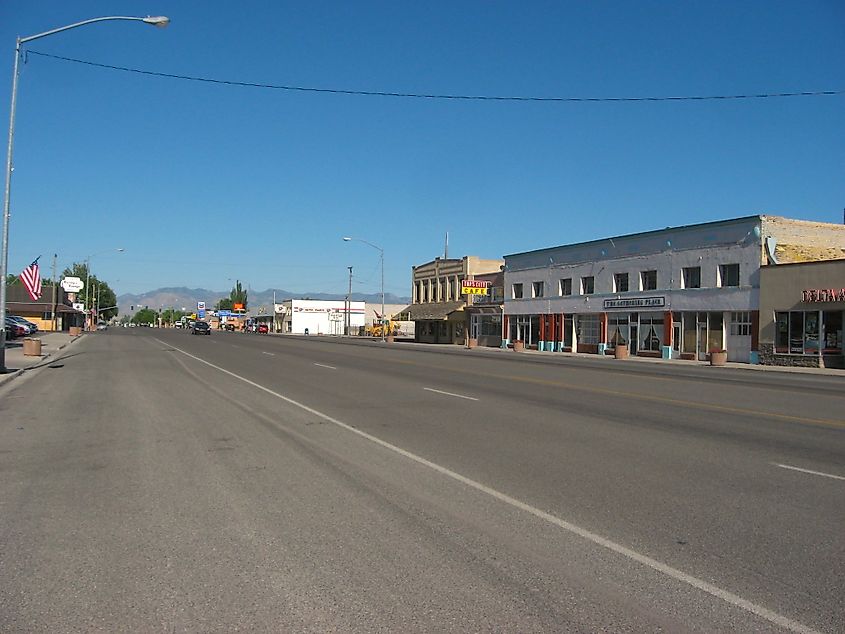
With a whopping 3,600 residents, Delta is the largest community in Millard County. It was one of the largest communities in all of Utah when combined with Topaz War Relocation Center, which was a nearby camp that interned 11,000 people of Japanese descent during WWII. Topaz Museum in Delta proper is dedicated to their memory. Dedicated to much older memories is the Trilobite Quarry, where you can dig for 500-million-year-old fossils about an hour from Delta. Do not go digging south of the quarry, as you might fall into the 90-foot West Desert Sinkhole. Just marvel at the marvel from the fence.
Corinne
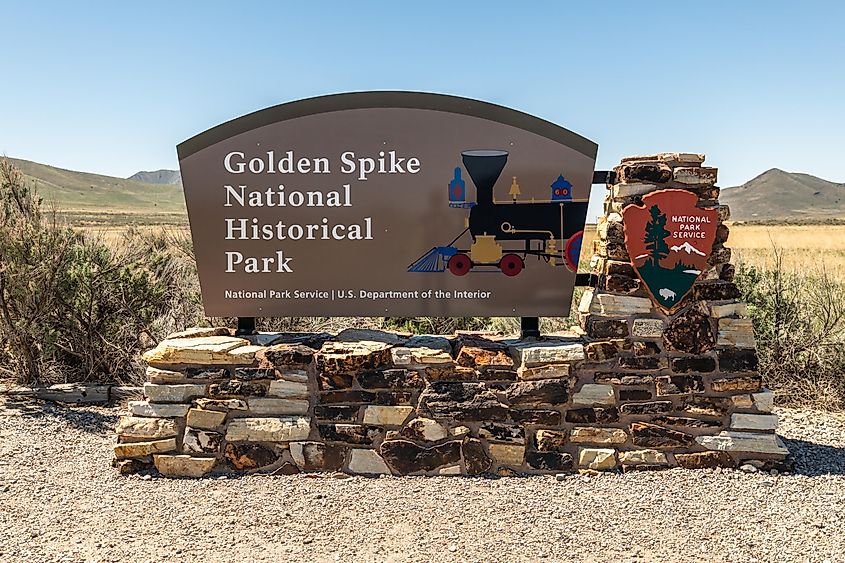
Corinne is the last town on the Bear River, leading to the Great Salt Lake, Utah's biggest natural attraction. The biggest unnatural attraction on the Great Salt Lake is Spiral Jetty, a 1,500-foot-long sculpture constructed in 1970 by Robert Smithson out of salt crystals, basalt rocks, mud, and water. It is roughly an hour from Corinne and can sometimes be submerged, depending on the water level. Driving back to town and turning left on 83 will land you at Northrop Grumman Rocket Garden, an open-air museum of rockets and missiles tested on the nearby grounds. Blast off to Corinne!
Fillmore
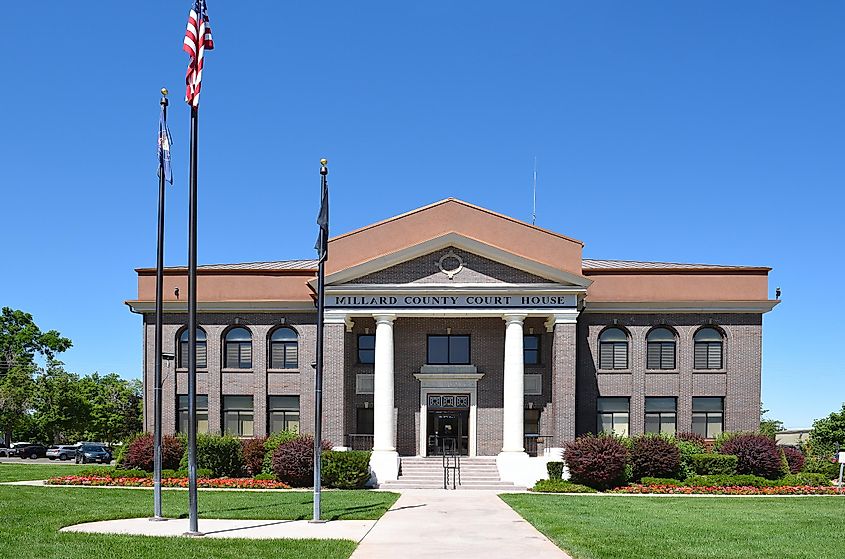
Fillmore, the first capital of Utah Territory, has the oldest capitol building in the state. Utah Territorial Statehouse stands in the center of town and serves as a museum of Utah's offbeat and often brutal history. Technically a state park, the former capitol's grounds contain smaller heritage buildings, a garden, and plaques detailing Mormon-Indigenous clashes. If you need to fill your trip with more unique sights, head southwest of Fillmore to Tabernacle Hill, a butte formed by an ancient volcano whose lava-carved tubes in the ground are large enough for tourists to walk through. The floor was once literally lava in the Fillmore Lava Tubes.
Wendover
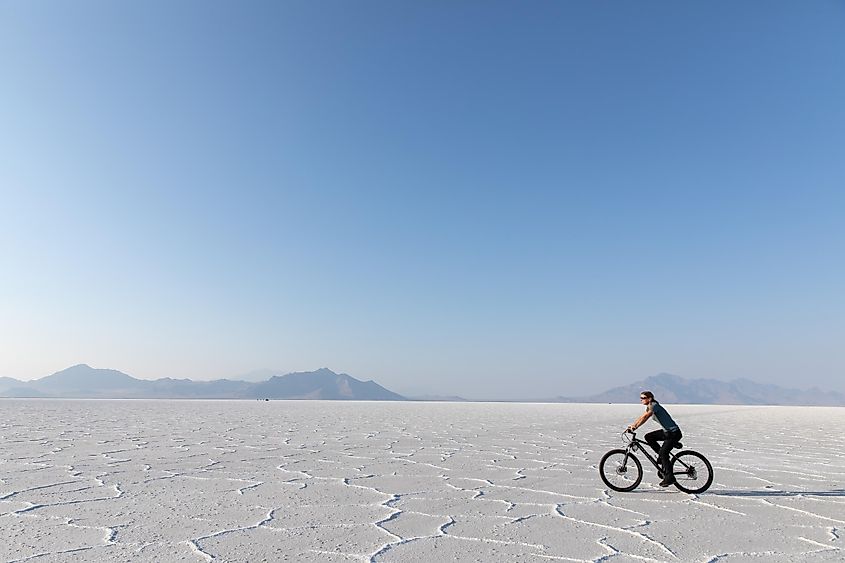
Wendover is a border "city" that does not just border on weird; it jumps right over it. On the Utah side are the Bonneville Salt Flats, Historic Wendover Airfield Museum with the Enola Gay Hangar, and Metaphor: The Tree of Utah, an 87-foot abstract sculpture. On the Nevada side are Pilot Peak Mountain, the Wendover Nugget casino, and Wendover Will, a 63-foot LED cowboy. On neither of the sides (but surrounded by Utah) is Zaqistan, a four-acre micronation founded by a New York artist named Zaq Landsberg. The wonders are never over in Wendover.
Iosepa
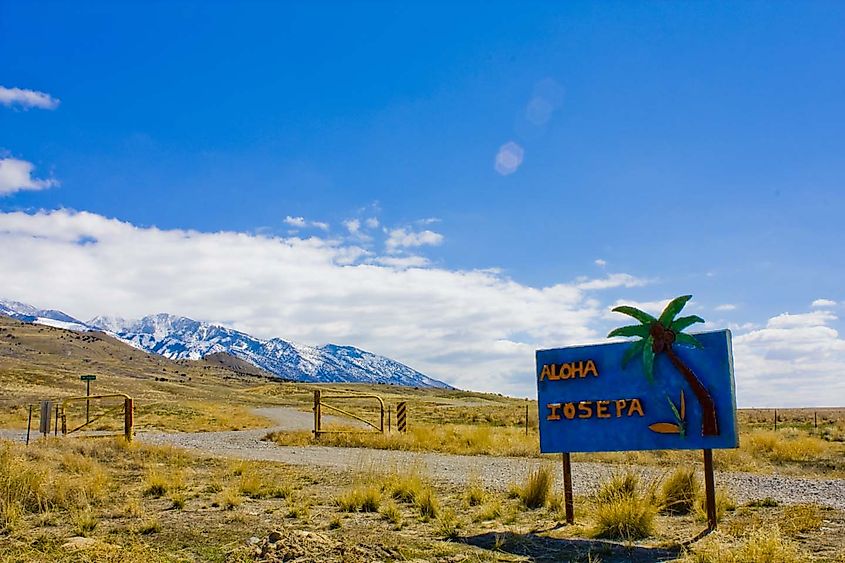
"Iosepa" is the Hawaiian word for "Joseph." So why is there a town named after Hawaiian Joseph in the middle of the Utah desert? The answer is Polynesian Mormons. After being converted by missionaries, around 50 Latter-day Islanders (under the direction of Mormon leaders) settled in this town in 1889 and named it after the first Saint Joseph Smith and his descendant Joseph F. Smith. The settlers farmed the land for decades before returning to Hawaii. Today, Iosepa is a ghost town that comes alive with offbeat tourists and the occasional pilgrimage by Polynesian Mormons wishing to see the cemetery, pavilion, and Iosepa Historical Memorial with its sculpted Polynesian warrior. A sign saying "Aloha Iosepa" welcomes visitors.
Kanab

Basically a megacity by Utah standards, Kanab has 4,700 residents and straddles several unbelievable attractions. Seven minutes north is Moqui Cave, a sandstone anomaly and archive of fluorescent minerals, Indigenous artifacts, and dinosaur tracks; 25 minutes west are the Coral Pink Sand Dunes, which are exactly as described; and 15 minutes east is Grand Staircase-Escalante National Monument, where the treasure of conquered Aztec emperor Montezuma is allegedly buried. But you do not have to leave Kanab to visit oddities like a museum for Little Hollywood and a public pool that became infamous in 2008 when bikinis and Speedos were banned. The ban was rescinded weeks later.
Utah is a child's sandbox with an adult's sensibilities. The castles are mesas, the toys are artifacts, and the pit is 90 feet deep and surrounded by barbwire. Such childlike wonders with adultlike themes can be found in remote communities all over the state. Ballard, Granite, Grafton, Monticello, Delta, Corinne, Fillmore, Wendover, Iosepa, and Kanab are waiting to be excavated. You might have to hide what you find.






